Language is arguably one of the single-greatest developments in human history. In many ways it’s responsible for our capacity to cooperate and develop as a society. One could argue that without language, we would never have advanced beyond the paleolithic era.
We would still be cavemen.
However, in the same way that language created opportunity and bridges, it also created an obstacle that needs to be overcome in order to achieve progress.
This barrier is particularly noticeable in the day-to-day operations of my painting company, Picazzo Painting and Pressure Washing.
You see, our company is based out of Miami, Florida, which is predominantly a Hispanic, Spanish-speaking city. This characteristic is also particularly true for the workforce, especially for blue-collar jobs.

At the author’s painting company, dealing with multilingual construction projects is an everyday challenge. Read on for advice on how to manage multilingual construction projects successfully.
What this ends up meaning for my company, in plain English, is that all of my employees speak only Spanish. Now, for the most part we get by perfectly fine with no hiccups, and it helps a lot that Spanish is also my first language. However, when we run into the occasional client that speaks exclusively English, then we start to feel the language barrier.
That’s when we need to think about translating English to Spanish and vice-versa.
There are two major stresses that this language barrier places on my business:
- Communication between my clients and my employees is sometimes severely limited or even completely non-existent.
- Client feedback on the jobsite is often lost in translation
To be fair, there can be some other smaller issues that I run into but these two are definitely the two biggest strains I feel.
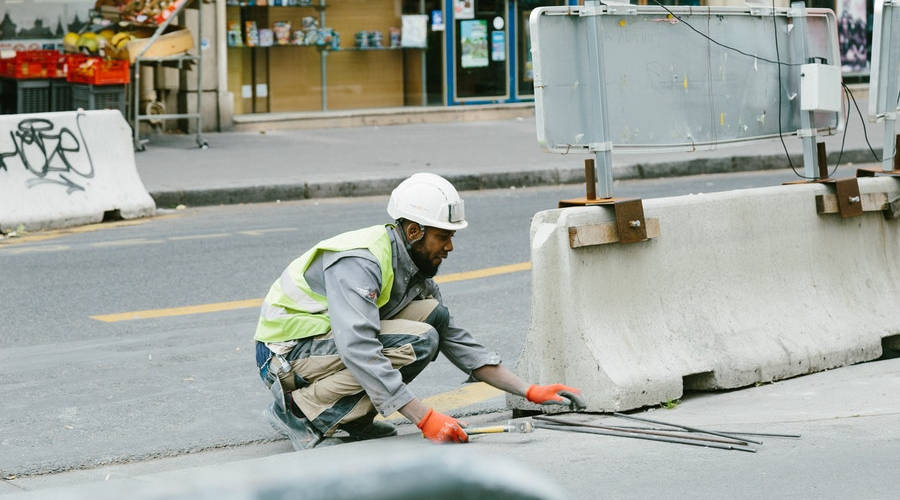
The success of construction projects depends on clear communication. How can you have clear communication on a bilingual or multilingual jobsite?
So let’s look at how I’ve managed to deal with and find work-arounds for both of these issues.
Client-Employee Communication on Bilingual Construction Jobsites
One of the biggest issues that I run into on a bilingual construction jobsite is definitely limited communication between my clients and my employees.
The work-around for this can seem to be relatively simple, right?
Just make sure that you’re always available, either on the jobsite or by phone.
Unfortunately, in the day-to-day it’s really not that simple.
I can’t even begin to count the number of times that I’ve gotten a call from an employee letting me know that they think they may have painted an accent wall the wrong color, purchased the wrong sheen for the paint (satin vs semi-gloss), or just accidentally painted something that wasn’t supposed to be painted.
Now, you might be asking yourself, “But can’t you just avoid all of these issues by setting the expectations and outlining the job specifications right from the get-go?”
Well, yes… But no.
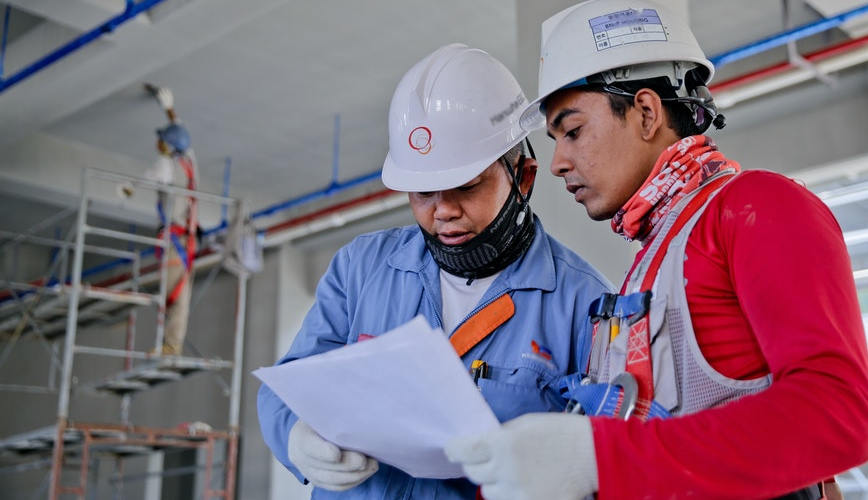
Oftentimes communication issues arise on bilingual jobsites when workers encounter obstacles and cannot communicate clearly to the customer or when customers change their mind about things midway through the project.
You see, it’s so easy to plan for a job to go perfectly, even with the language barrier; you simply double-check and confirm all the specifics and then relay those specifics to the employees, right?
Yes, definitely; that’s a good plan. However, the problem occurs when unplanned complications arise. If the client is clear about what they want from the beginning, then the chances of anything going wrong is very, very slim.
Read More
3D Printed Buildings in Dubai—How 3D Printing Construction Is Changing the World [INFOGRAPHIC]
The reality is, things always change. This is when things start to get a bit more complicated.
To be fair, even if the client decides to change specifications in the middle of the project, these changes can be easily made and communication can be effective if the client reaches out directly to me about these changes.
What I typically see happen is that the client will see one of my workers applying a coat of paint, then they decide they don’t like the paint and try communicating with my employees on the spot.
The point is, no matter what I try to do, my clients will always try to communicate with the employees on the construction jobsite. Which to be fair, is a perfectly reasonable thing to do.
Get a Free Quote for Translation of Construction-Related Materials
Get professional quality translations for:
- Construction proposals
- Building supplies packaging
- Safety training and testing materials
- Etc.
So, how have I managed to deal with and work around this problem?
Well, the good thing is that my solution is typically extremely simple and obvious. But it can get pretty repetitive and mundane.
The first thing I do is always ask my client to give me a call if they want to make any changes to the plans, and I always have my employees call me if they’re not understanding what the client is requesting.
Again, this solution seems almost too-obvious, but you’d be surprised how often things still slip through the cracks.
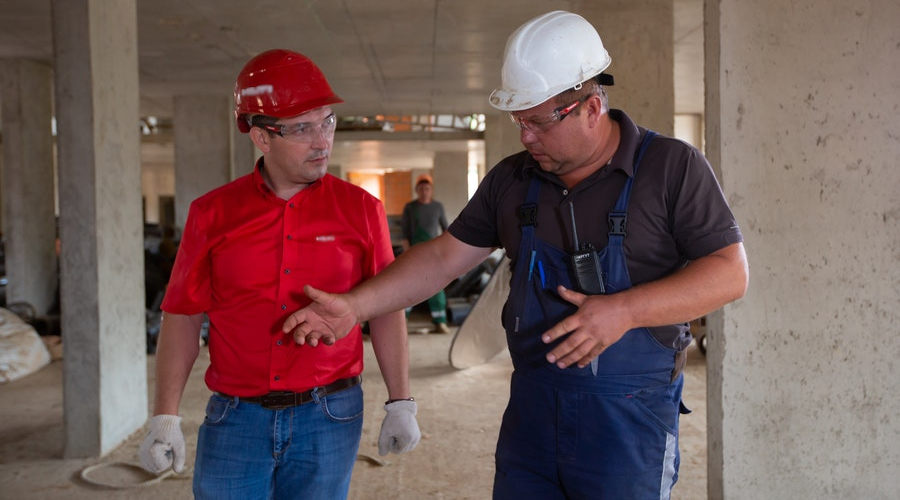
When you have a work crew that does not speak the client’s language, keep in constant communication with the client. Since the client cannot communicate with the workers, he or she has no other hope of getting things done the right way except by talking to you about it.
My solution for preventing confusion and things “slipping through the cracks” is to just make sure that I’m in constant communication with the client. I’m constantly asking for feedback on the progress, how they’re feeling about the colors, etc. More often than not, by having such constant communication I will be able to catch these changes before the client decides on them.
Most of the time, clients will feel like they want to make a change, they just hold back from communicating that at an early stage because they’re not completely sure.
By having constant communication and asking for feedback, I can minimize the number of times where things fall through the cracks due to the language barrier.
Like the Article?
Click here to share on Twitter>>
Tweet
Click here to follow IVANNOVATION on Twitter and be first to learn about our new content>> Follow @ivannovation
Misunderstanding Nuances in Communication
Another issue that I run into a lot of the time, that can turn into an even stickier problem, is that feedback often gets “lost in translation.”
Sometimes a client will give very subtle hints that they are unsatisfied with how a project is coming out, that they are second guessing a color choice, or just really any other complaint or compliment that is delivered subtly through tone or diction.
Unfortunately, a lot of the time this issue actually leads to bigger issues, or prevents me from avoiding issues. If I could pick up on these nuances and realize that the client is upset, I can easily make adjustments or talk to them to see how I can figure something out.
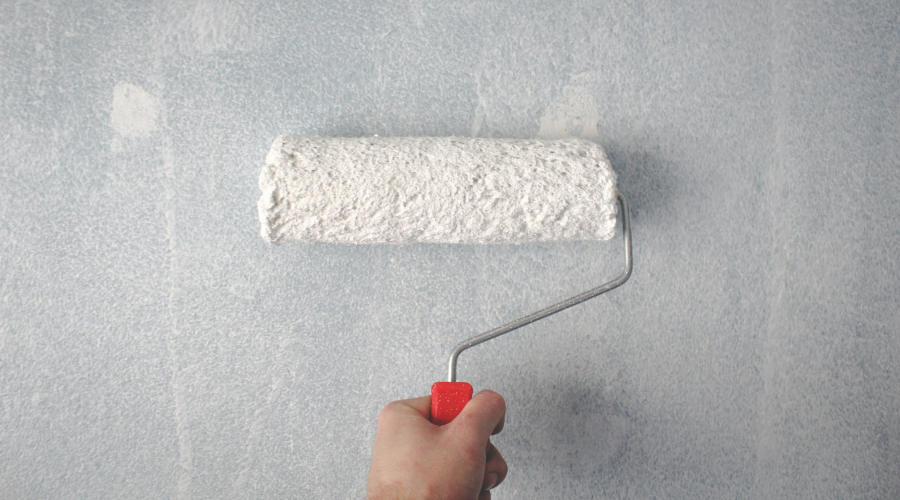
Don’t just “whitewash” over ambiguities on the bilingual construction jobsite. Make sure to confirm every detail with the customer. If your native language is different from the customer’s native language, this becomes even more essential.
Like I mentioned earlier, in this case my only real option is to just make sure that I am in constant communication with the client and to try and keep my ear to the ground and see if I can pick up on any of these things myself.
Obviously all of these issues can be easily resolved by having someone on-site that speaks English, but for my business, that’s a luxury that just isn’t possible much of the time.
Ironically, the only way through these obstacles is to increase the frequency of my communication with clients.
So, communication is the solution to my communication problem.


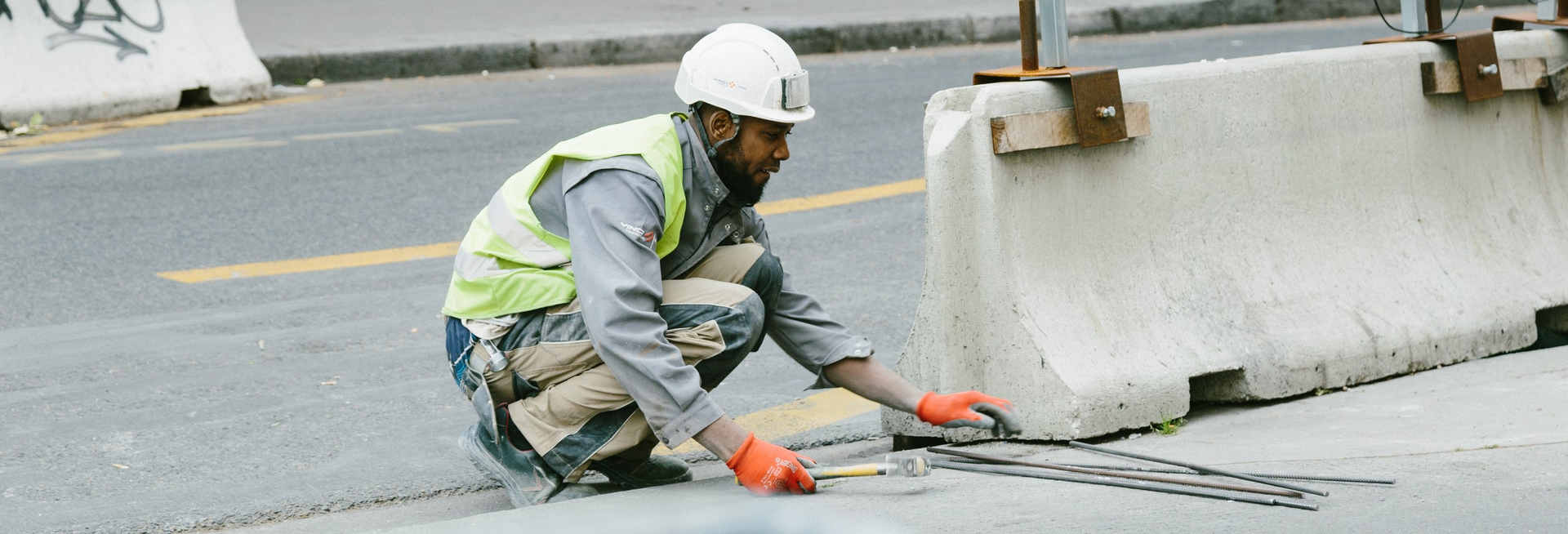

nice one keep posting really appreciated
🙏